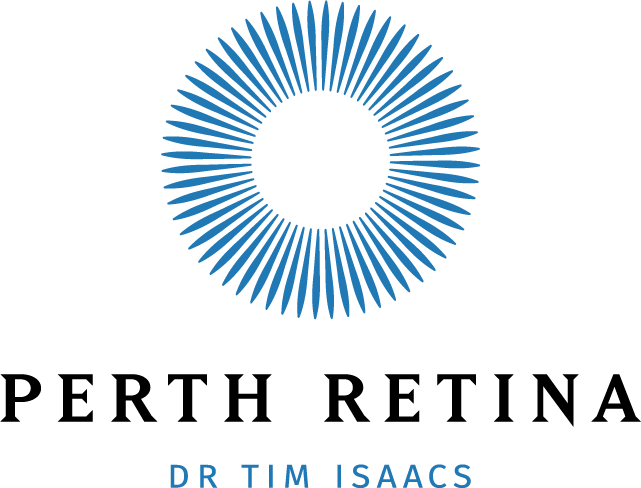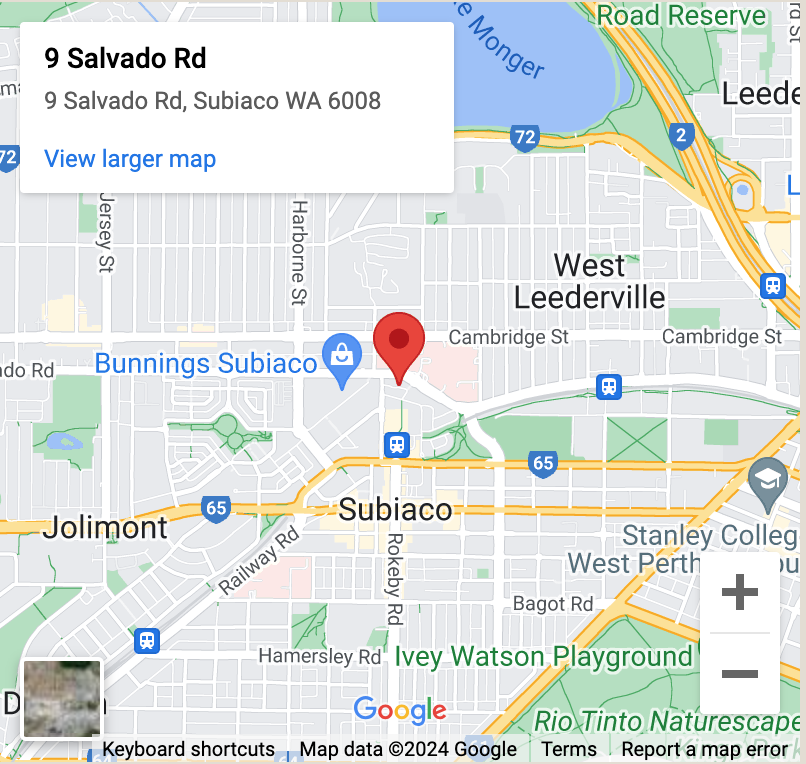Diabetes and the eye
Diabetes is a major international public health issue, and it is becoming more common. Currently at least 1.1 million Australians have diabetes. There are 100,000 new cases diagnosed each year, and by 2025, it is estimated there will be 3 million diabetics in Australia.
Diabetes can have serious effects on many parts of the body including the eyes, nerves, brain, kidneys, heart and limbs. These effects are mainly due to damage to blood vessels. In the eye, the most significant complication is called diabetic retinopathy, and it is the leading cause of blindness among working age adults aged 25-74 in Australia. The longer a person has diabetes, the greater their risk of developing diabetic retinopathy.
Vision loss from diabetic retinopathy is usually preventable, provided it is diagnosed early and treated appropriately. Regular eye exams will reduce the risk of vision loss by detecting signs of early diabetic retinopathy whilst at a treatable stage.
What is diabetic retinopathy?
Diabetic retinopathy is a medical condition in which high levels of blood sugar cause damage to blood vessels within the retina. This can lead to vision loss from swelling of the retina (macularoedema) or bleeding and scarring of the retina (proliferative diabetic retinopathy).
It is useful to know how the eye works in order to understand how vision is lost in diabetic retinopathy.
Anatomy of the normal eye
The cornea forms the clear window into the eye. The iris, which is the coloured part of the eye with the black pupil in the middle, is behind the cornea. The lens lies behind the pupil.
The retina is the light-sensitive nerve tissue that lines the inner wall of the eye. Rays of light enter the eye, passing through the cornea, pupil and lens before focusing on to the retina. The retina contains photoreceptors which convert light into electrical impulses. In the healthy eye these impulses are sent via the optic nerve to the brain, where sight is interpreted as clear, bright, colourful images. The retina can be likened to the photographic film in a camera.
The retina lies on a layer of supporting tissue known as the retinal pigment epithelium or RPE. The RPE is important as it nourishes the photoreceptors and removes their waste products.
The macula is a small area at the centre of the retina. It is very important as it is responsible for our central vision. It allows us to see fine detail for activities such as reading, recognising faces, watching television and driving. It also enables us to see colour.
The choroid is the underlying vascular (blood vessel) layer of the eye from which the retina receives oxygen and nutrients.
Diabetic retinopathy results from damage to the small blood vessels and nerve cells of the retina. These small blood vessels (capillaries) are especially vulnerable to high sugar levels in the blood, which damage the cells of the capillary wall, causing leakage and blockage of the capillaries.
In the early stages of diabetic retinopathy there may be no symptoms and vision may be normal, even though significant damage may be occurring in the retina. This is why regular screening exams are recommended. As the condition advances, symptoms may include blurred or distorted vision, new floaters or black spots in the vision, or sudden loss of vision.
All people with diabetes mellitus are at risk – those with Type I diabetes and those with Type II diabetes. The longer a person has diabetes, the higher their risk of developing eye problems. People who have persistently high blood glucose levels are at risk of serious vision loss and blindness. People with diabetes whose blood glucose is not at target levels are almost eight times more likely to develop diabetic retinopathy. It is also important to control other general health factors including blood pressure and blood lipids. People who carry excess weight, especially around the waist, are at increased risk of their diabetes progressing. Regular exercise helps to work better, lowers blood pressure, helps reduce weight and reduces stress. Discuss any changes in your diet or exercise program with a GP or diabetes specialist before you start. A diabetes educator can support the increase of exercise into daily routine. Smoking significantly increases the risk of diabetes and its related conditions. It also increases blood pressure and blood sugar levels, making it harder to control diabetes.
Diabetic retinopathy is detected by a comprehensive eye examination. This may include:
Visual acuity test: Your vision is tested using an eye chart to determine the smallest letters visible at distance.
Pupil dilation: drops are used to dilate the pupil, to enable a thorough examination of the retina. After the examination, close-up vision may remain blurred for several hours.
Optos wide-field fundus imaging: a wide-angle camera is used to image the entire retina.
Fluorescent angiography (FFA): This is an imaging technique in which a fluorescent dye is injected into the arm of the patient, allowing the blood vessels of the retina to be visualised. This is an effective method of assessing the severity of diabetic retinopathy.
Optical coherence tomography (OCT): This is an optical imaging modality based upon interference, which produces cross-sectional images of the macula. It can be used to measure the thickness of the retina and for monitoring the severity of macular oedema and the response to treatment.
Systemic treatment: It is essential to manage general health factors which contribute to diabetic retinopathy. Diabetes is a chronic, often lifetime condition, and managing it effectively requires support from a number of different healthcare professionals. Your GP or diabetes specialist can advise you how best to manage the condition, including setting you personal targets for blood glucose, blood pressure, and blood lipids. Some patients may also need advice from diabetes educators or dieticians on how to modify their lifestyles to improve diet, weight management, ceasing smoking, and regular physical activity.
Eye treatments: There are three major eye treatments for diabetic retinopathy, which are very effective in reducing vision loss from this disease. These are laser surgery, injection of anti-VEGF agents or corticosteroids into the eye and vitrectomy surgery.
Although these treatments are usually successful in slowing or stopping further vision loss, they do not cure diabetic retinopathy.


